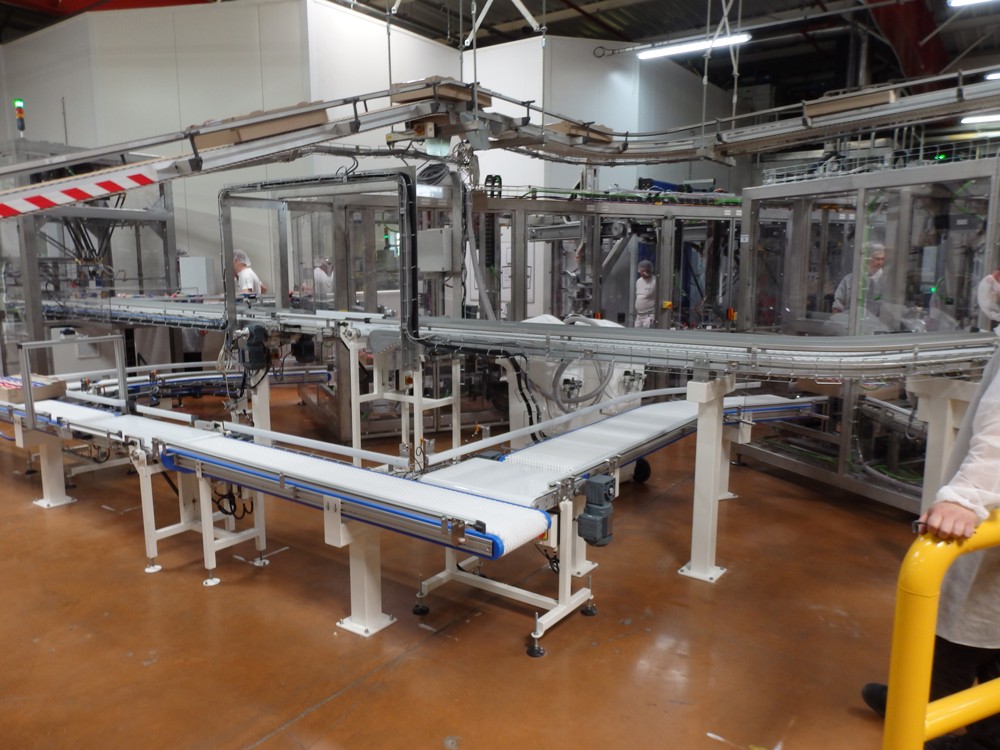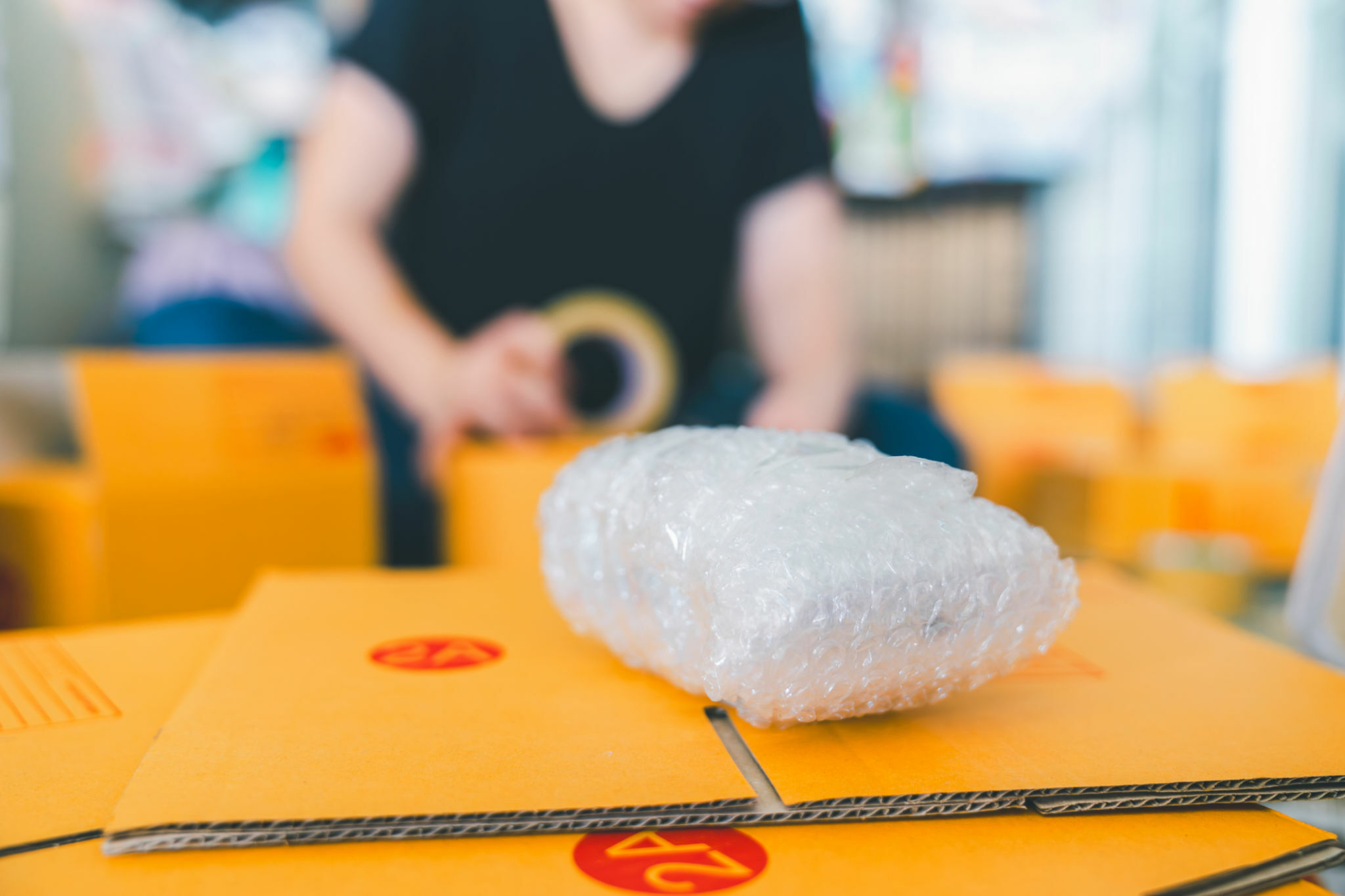Eco-Friendly Practices: Driving Modification with Bulk Container Recycling
Eco-Friendly Practices: Driving Modification with Bulk Container Recycling
Blog Article
Reliable Industrial Recycling Solutions for Sustainable Product Packaging: A Comprehensive Guide
In today's significantly environmentally-conscious world, the demand for sustainable product packaging remedies has never been higher. To fulfill this demand, organizations throughout sectors are proactively looking for efficient commercial recycling options. Navigating the facility landscape of sustainable product packaging can be testing without a detailed overview. That's where this thorough overview on efficient commercial recycling solutions for lasting packaging comes in. By exploring key locations such as product packaging material option, designing for recyclability, carrying out reusing framework, collaborating with recycling partners, and monitoring and determining reusing success, this overview will certainly outfit you with the expertise and tools essential to make enlightened choices and drive positive adjustment within your company. Whether you're a product packaging professional, sustainability manager, or merely curious about the topic, this overview will certainly supply useful insights and techniques to assist you browse the world of lasting packaging.
Packaging Material Selection
The selection of packaging materials plays a vital role in guaranteeing the sustainability of industrial recycling services. When it pertains to sustainable packaging, the selection of materials is essential in decreasing environmental influence and making the most of reusing performance. Choosing the best materials can aid lower waste generation, preserve sources, and promote a round economic climate.
One vital aspect to think about in packaging product selection is recyclability - industrial packaging solutions. Materials that can be conveniently recycled and incorporated back into the manufacturing cycle are liked. For instance, products like cardboard, paper, glass, and certain kinds of plastics can be recycled several times without shedding their top quality. On the other hand, materials that are tough to reuse, such as combined plastics or non-recyclable composites, can produce difficulties for the reusing process and might end up in incinerators or land fills.
Another consideration is the use of eco-friendly and biodegradable materials. Packaging made from eco-friendly resources, such as plant-based plastics or biopolymers, can help in reducing dependency on fossil fuels and mitigate climate modification. In addition, naturally degradable materials break down naturally in time, lowering the buildup of waste in land fills.
In addition, the weight and quantity of product packaging materials ought to be reduced to minimize transport prices and energy usage. Light-weight materials not only call for less resources during production yet likewise contribute to decrease carbon exhausts throughout transport.
Designing for Recyclability
In order to make certain the recyclability of product packaging products, thoughtful design is essential. Designing for recyclability includes producing packaging that can be easily sorted, divided, and refined in recycling centers. One vital facet of developing for recyclability is the selection of materials. Packaging designers need to focus on using materials that are extensively accepted for reusing and have developed reusing frameworks. Products such as glass, light weight aluminum, and particular sorts of plastic, like animal and HDPE, are typically recycled and need to be preferred over products that are pricey or challenging to recycle.
One more essential consideration in making for recyclability is the removal of unneeded elements or products. By lessening the variety of layers, finishings, and additional components, product packaging can be made easier and less complicated to recycle. Furthermore, developers need to intend to decrease making use of blended products, as they can complicate the reusing process.

Implementing Recycling Infrastructure
Effective application of reusing infrastructure is critical for the success of commercial reusing solutions. Without proper facilities in position, the recycling procedure comes to be ineffective and inefficient, impeding the general goal of lasting product packaging.
To pop over to these guys apply reusing infrastructure effectively, numerous essential factors need to be taken into consideration. There must be a well-organized collection system that helps with the splitting up and collection of recyclable materials. This can consist of marked reusing containers in public spaces, in addition to partnerships with waste administration business for curbside pickup and sorting.
When accumulated, the recyclable products need to be carried to reusing centers in a prompt way. This requires efficient logistics and transport networks, guaranteeing that the materials get to the ideal facilities immediately.
At the reusing centers, advanced sorting and processing technologies ought to remain in place to divide different kinds of products efficiently. This consists of making use of automated arranging makers, optical scanners, and manual sorting strategies.
Additionally, there must be a robust market demand for recycled products. This can be attained through collaborations with manufacturers and markets that utilize recycled materials in their manufacturing processes. Producing a stable market for recycled products incentivizes the recycling industry and advertises the round economic climate.
Working Together With Recycling Allies

One trick aspect of teaming up with reusing partners is the facility of clear communication networks. It is essential to establish open lines of interaction to assist in the exchange of details, updates, and responses. This permits both events to stay informed regarding the development of recycling efforts and resolve any type of challenges or concerns that may arise.
Additionally, cooperation can entail joint initiatives in implementing and designing reusing programs. Reusing companions can supply useful understandings and support in creating reliable collection systems and identifying one of the most ideal recycling technologies. By working with each article source other, businesses and reusing partners can optimize the recycling procedure and lessen waste.
In addition, partnership can extend past the functional aspects of recycling. It can additionally incorporate advocacy and education initiatives. By signing up with forces, organizations and reusing partners can elevate understanding regarding the value of recycling and promote the adoption of lasting product packaging techniques amongst consumers and other stakeholders.
Tracking and Measuring Recycling Success
To make sure the effectiveness of industrial recycling solutions and the accomplishment of sustainable product packaging goals, it is vital for companies and their recycling companions to develop a detailed system for tracking and determining reusing success (plastic container manufacturer). Tracking and measuring reusing success enables companies to analyze the effect of their reusing efforts, recognize areas for renovation, and established meaningful targets for future progression
One way to track recycling success is via the usage of data collection and evaluation devices. By gathering data on the quantity of packaging waste created, the percent of look at this website waste that is reused, and the sorts of materials being reused, services can obtain important insights right into their reusing efficiency. This information can then be examined to recognize trends, patterns, and areas of inefficiency.
An additional vital element of monitoring and determining recycling success is developing standardized and clear metrics. This allows organizations to compare their performance against industry standards and track their progression gradually. Metrics such as reusing prices, waste diversion prices, and greenhouse gas emissions can offer a quantitative action of a company's reusing success.

Final Thought
In final thought, implementing effective commercial recycling options for lasting product packaging needs cautious factor to consider of packaging material option, developing for recyclability, implementing reusing facilities, teaming up with reusing companions, and monitoring and gauging recycling success. By integrating these practices, companies can add to a more environmentally-friendly and lasting method to packaging, minimizing waste and advertising the circular economic situation.
By discovering crucial locations such as product packaging product choice, making for recyclability, carrying out reusing infrastructure, working together with reusing partners, and tracking and determining recycling success, this overview will outfit you with the understanding and devices required to make informed choices and drive positive modification within your company. Product packaging designers ought to focus on the usage of materials that are commonly approved for reusing and have established recycling frameworks.Collaboration with recycling companions is crucial for the effective application of industrial recycling services and the success of sustainable product packaging goals. By joining forces, organizations and reusing partners can raise understanding regarding the significance of reusing and advertise the adoption of sustainable packaging techniques among consumers and various other stakeholders.
By collecting data on the amount of packaging waste generated, the percentage of waste that is reused, and the types of materials being reused, businesses can obtain valuable insights into their recycling efficiency.
Report this page